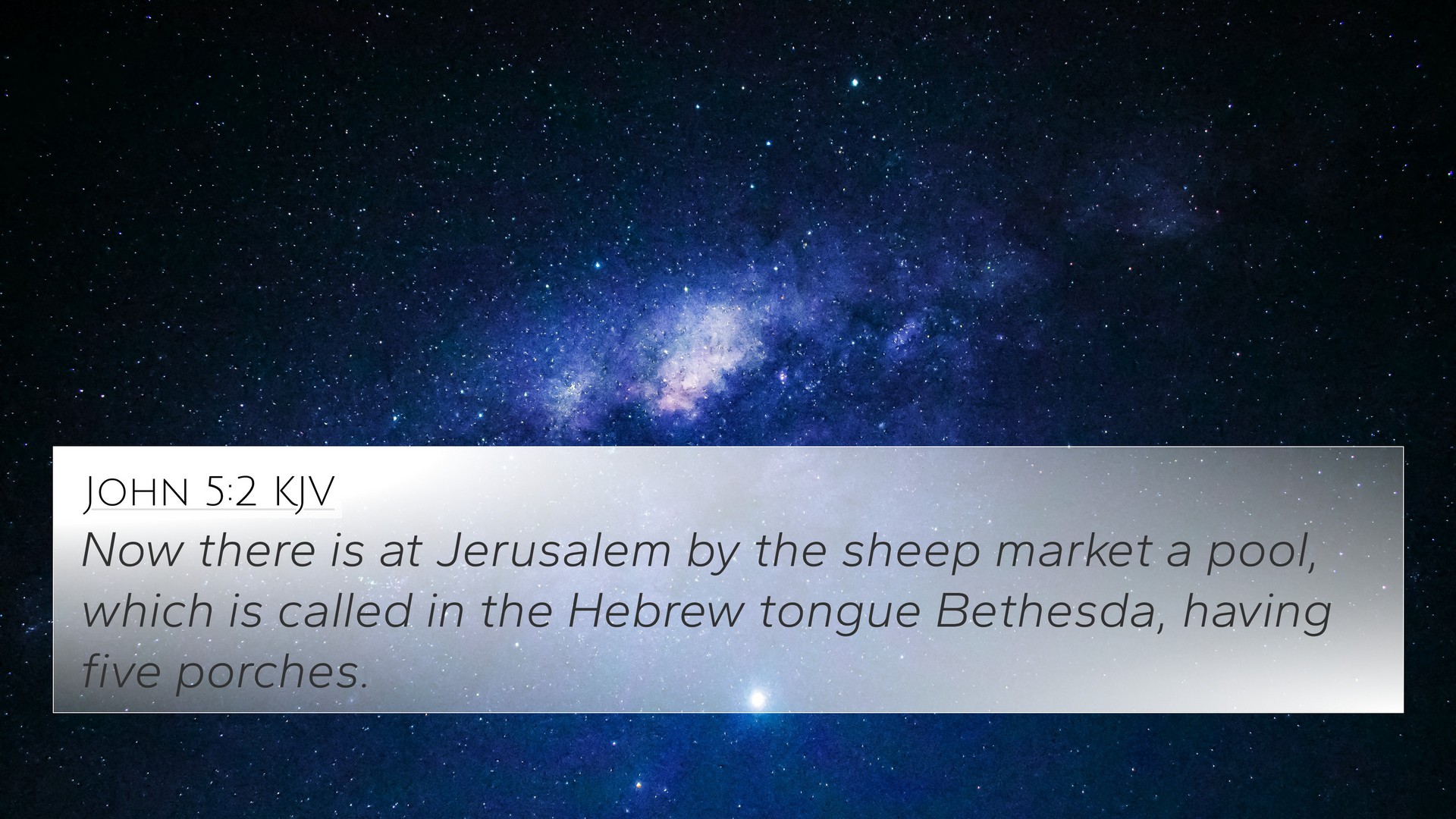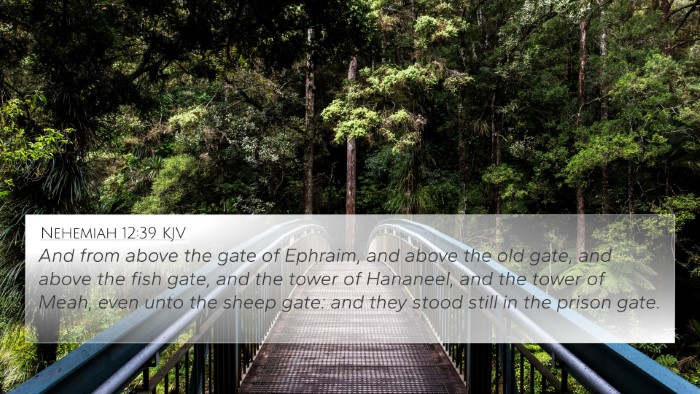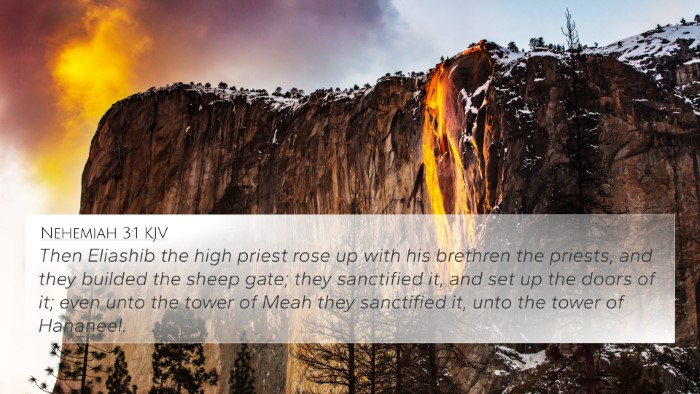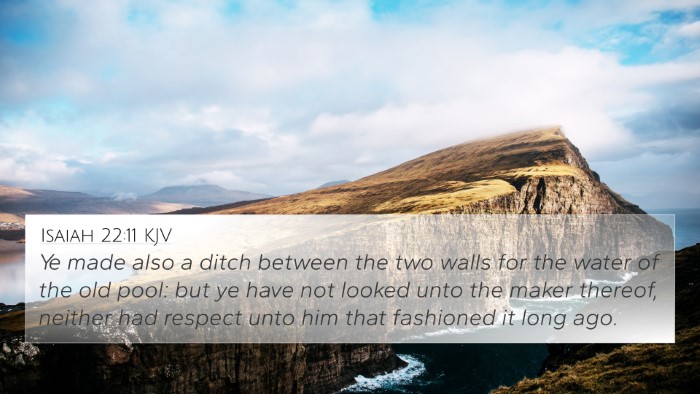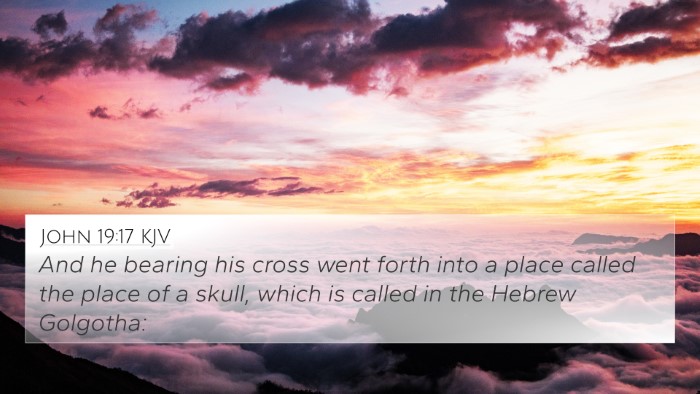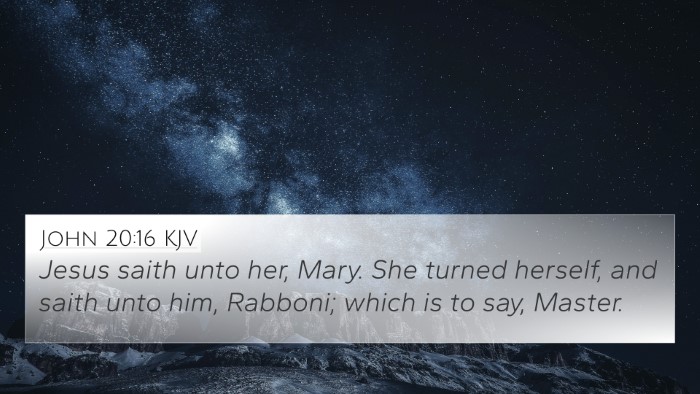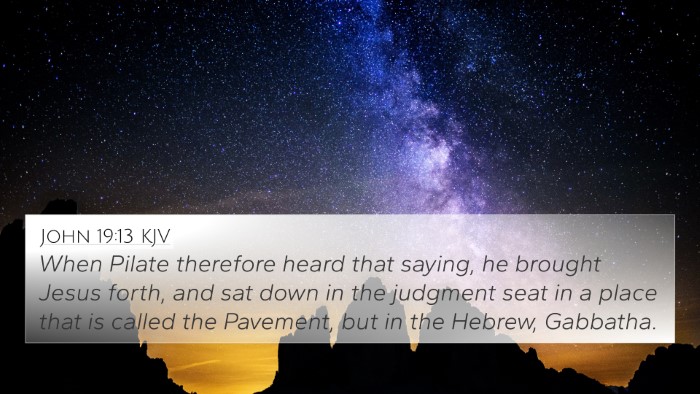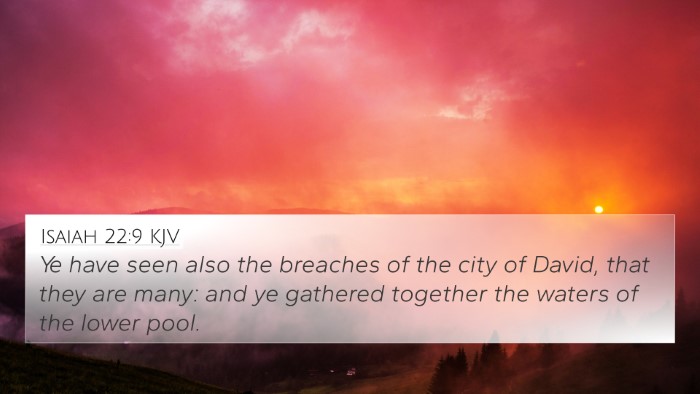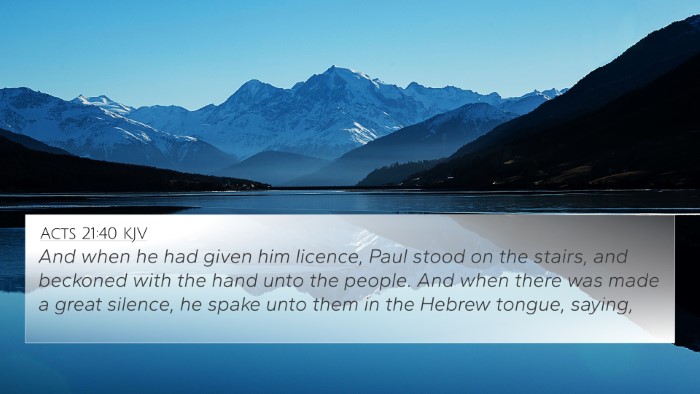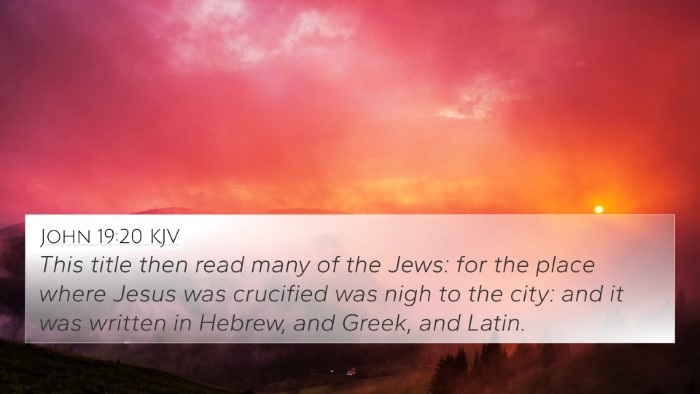Understanding John 5:2
In John 5:2, the text introduces a significant scene at the Pool of Bethesda, a location where many invalids congregated, waiting for a miraculous healing. This verse is foundational in setting up the narrative of Jesus' healing of a paralytic man, emphasizing themes of hope and divine intervention. The verse states:
“Now there is in Jerusalem near the Sheep Gate a pool, which in Aramaic is called Bethesda and which is surrounded by five covered colonnades.”
- The Pool of Bethesda: The name "Bethesda" suggests a place of mercy or healing. This sets the tone for understanding the physical and spiritual healing that Jesus offers.
- Location Significance: The Sheep Gate is critical, as it relates to sacrificial practices in Jerusalem, hinting at the divine sacrifice that Jesus will later fulfill.
- Cultural Context: The presence of sick individuals signifies the human condition of brokenness and the longing for restoration.
Commentary Insights
According to Matthew Henry, this verse highlights the compassion of Christ who seeks out the marginalized and suffering. The five colonnades symbolize shelter and protection for those in need, echoing the theme of spiritual covering found in Scripture.
Albert Barnes indicates that the structure of the colonnades served a practical purpose, providing shade and a place for the afflicted to gather, which illustrates the hope of healing. The specific mention of the number five might also echo biblical symbolism associated with grace and God's provision.
Adam Clarke adds that the gathering of sick around the pool represents the collective human desire for healing and miraculous intervention. He notes that the scene is reminiscent of the messianic expectations prevalent during Jesus' ministry, setting up the miraculous events that follow.
- Cross-References:
- Mark 2:9-12 - Healing of the paralytic emphasizes Jesus' authority to forgive sins.
- John 9:1-7 - Healing of the blind man, connecting themes of sight and understanding.
- Isaiah 35:5-6 - Prophecy about healing in the messianic age aligns with Jesus’ miracles.
- John 10:9 - Jesus as the gate to salvation resonates with the location near the Sheep Gate.
- Luke 14:1-6 - Instances of healing on the Sabbath highlight the conflict between Jesus and the religious leaders.
- Matthew 11:4-5 - Jesus’ miracles affirm His identity as the Messiah.
- Psalms 147:3 - God heals the brokenhearted, illustrating divine compassion.
Thematic Connections
The themes surrounding John 5:2 extend into a larger narrative of hope, healing, and divine love. The pool serves as a metaphor for the living water that Christ offers, as echoed in John 4:14, where Jesus promises that those who drink of His water will never thirst again.
Applications for Study
For those engaged in Bible cross-referencing, understanding the connections between John 5:2 and its related verses deepens the insights into Jesus' mission and His relationship with humanity. Utilizing a Bible concordance or a Bible cross-reference guide allows one to uncover the ongoing dialogue across Scripture regarding healing, identity, and salvation.
Conclusion
John 5:2 serves as a profound introduction to themes of healing and divine mercy. The insights drawn from esteemed commentaries, along with scriptural connections, enrich one’s understanding of Christ’s ministry and encourage believers to reflect on the nature of their faith in the light of Jesus' compassionate actions.
